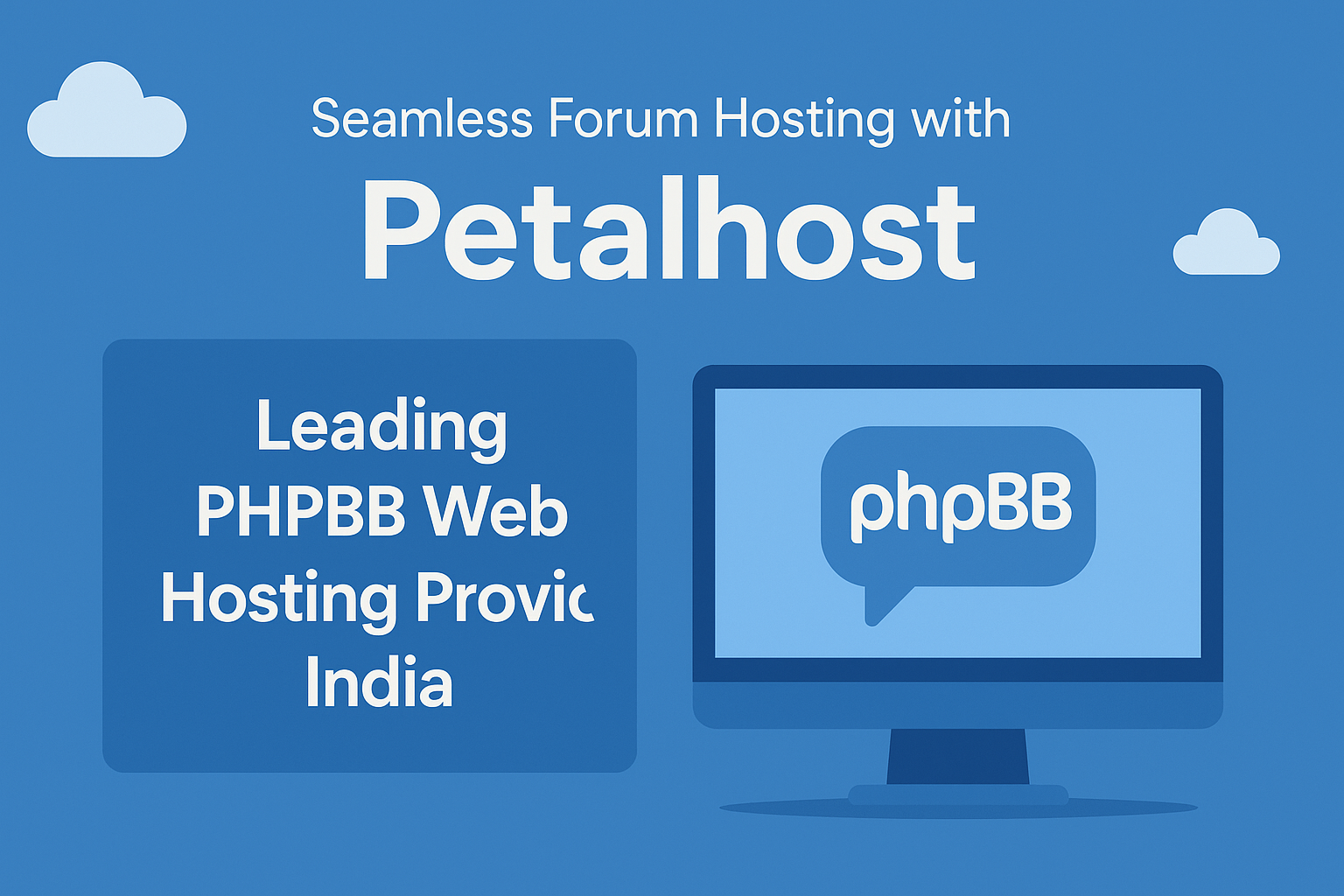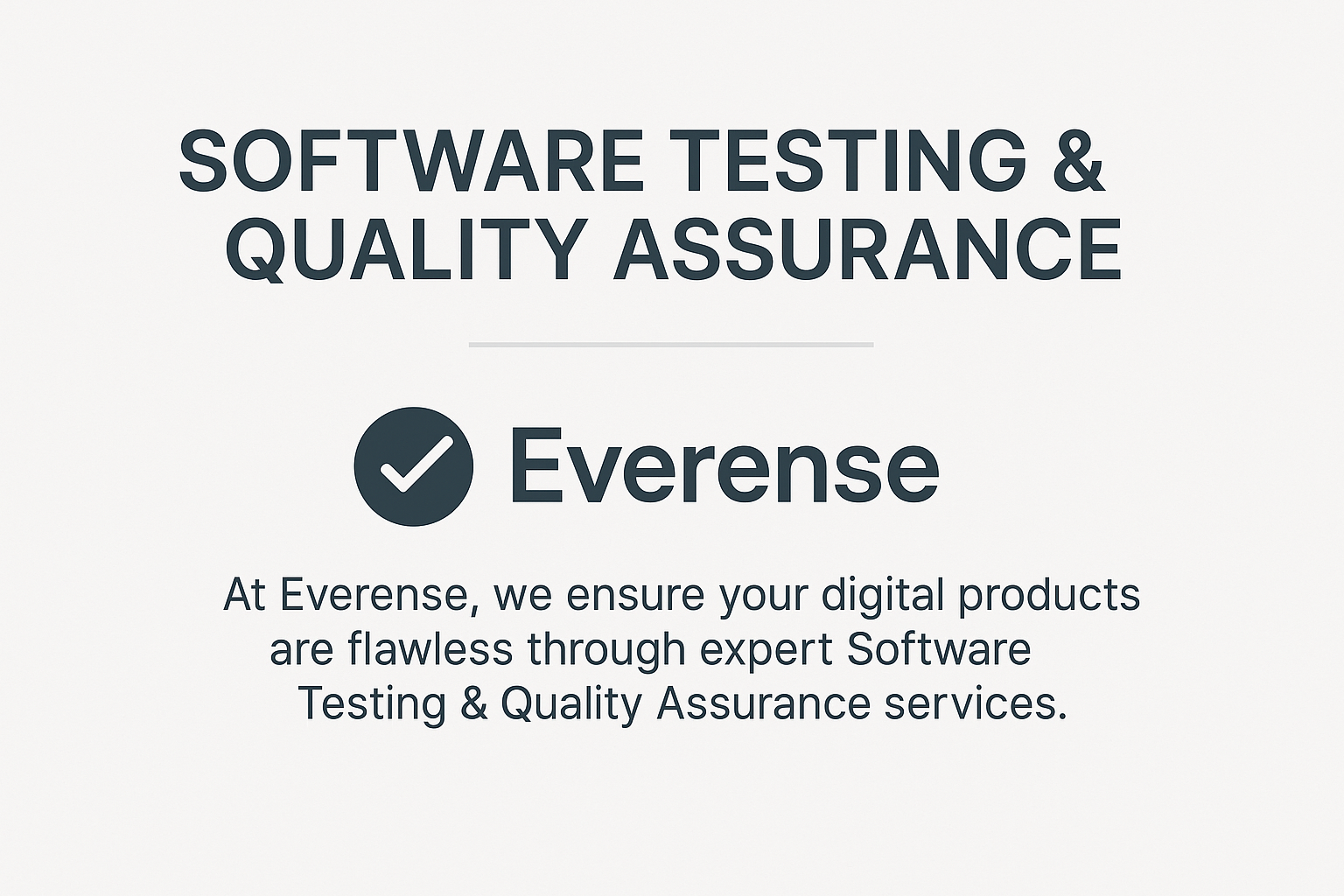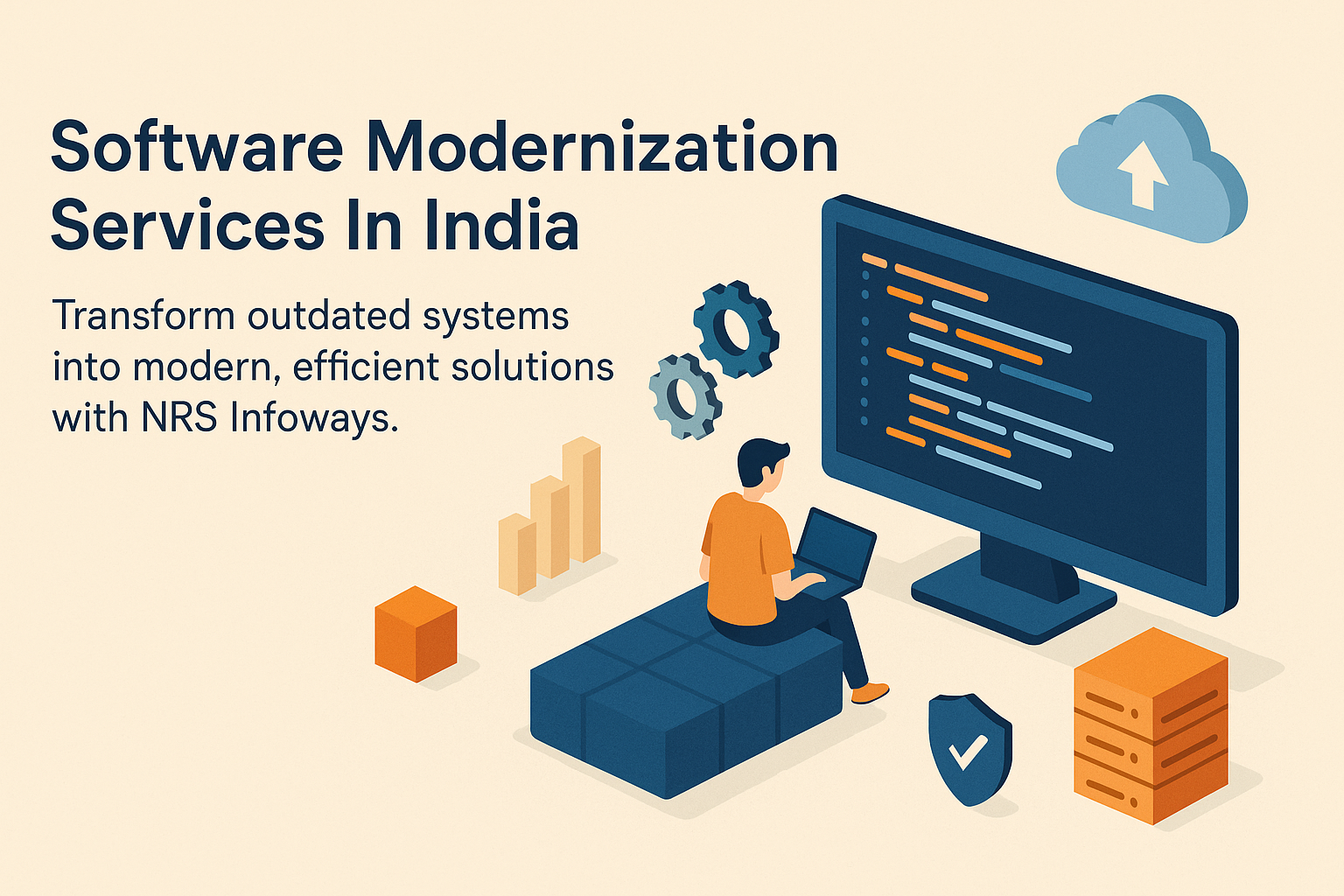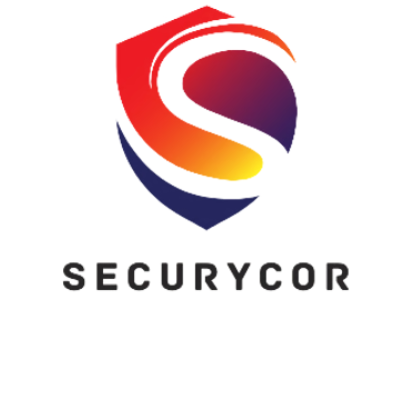Hyperspectral Imaging Systems in India: A Growing Frontier
India's rapidly expanding economy, coupled with a surging demand for advanced technologies across sectors like agriculture, defense, healthcare, and industrial manufacturing, is creating a fertile ground for the adoption and development of Hyperspectral Imaging (HSI) Systems.
While the market is still maturing compared to Western countries, research and commercial applications of HSI are steadily gaining traction, with cities like Pune emerging as hubs for innovation.
https://www.marketresearchfuture.com/reports/hyperspectral-imaging-system-market-8741
Drivers for HSI Adoption in India:
Precision Agriculture Needs: India's vast agricultural sector is constantly seeking ways to enhance productivity and sustainability. HSI offers solutions for precision farming, crop health monitoring, and soil analysis, which are crucial for a nation heavily reliant on agriculture.
Defense and Security: HSI's capabilities in surveillance, target detection (e.g., camouflage penetration), and threat assessment are highly valuable for India's defense and internal security agencies.
Industrial Automation and Quality Control: As Indian manufacturing embraces Industry 4.0, the need for automated, high-precision quality inspection in food processing, pharmaceuticals, and other industries is driving HSI adoption.
Environmental Monitoring: With increasing environmental concerns, HSI is being explored for monitoring water quality, pollution, and land use changes across diverse Indian landscapes.
Research and Development: Academic institutions and research organizations are actively investing in HSI for fundamental and applied research, often collaborating with international partners.
Medical Diagnostics (Emerging): The potential of HSI in non-invasive disease diagnosis and image-guided surgery is gaining interest within India's healthcare sector, though clinical translation is still in early stages.
Key Players and Ecosystem in India:
The HSI ecosystem in India currently involves a mix of international manufacturers, local distributors, and a budding indigenous R&D and manufacturing base.
International Manufacturers with Indian Presence: Global leaders in HSI technology, such as Headwall Photonics, Specim (Konica Minolta), Resonon, and Corning (through its Advanced Optics division), have a presence in India through their sales offices or network of distributors. They provide a range of HSI cameras, systems, and software.
Indian Manufacturers/Integrators: While the market is largely driven by imports, some Indian companies are stepping up to manufacture or integrate HSI systems, particularly for specific applications.
Paras Defence & Space Technologies Limited: This Indian company is a notable example, offering a "HyperSpectral Imaging System" called HyperSIGHT, described as a pushbroom type camera. This indicates indigenous capability in developing defense-grade HSI solutions.
Several smaller Indian startups and technology companies are also working on developing HSI solutions, particularly for niche applications or customized integration.
Research Institutions and Universities: Premier institutions like the Indian Institutes of Technology (IITs), National Centre for Cell Science (NCCS) in Pune, and various universities (e.g., Symbiosis International (Deemed University) in Pune, Vishwakarma Institute of Technology in Pune) are actively involved in HSI research. Their work often focuses on:
Developing novel algorithms for HSI data processing and analysis.
Exploring new applications in agriculture, biomedical imaging, and materials science.
Building prototypes or integrating HSI systems for specific research needs.
For instance, research from Pune universities focuses on spectral unmixing methods for hyperspectral images (e.g., "PaviaU" dataset) and deep learning approaches for hyperspectral data analysis, including in biometrics (palmprint spoofing detection).
Challenges and the Road Ahead:
High Cost: The capital investment for HSI systems remains a significant barrier for many potential users in India, particularly smaller businesses or research labs with limited budgets.
Data Processing and Expertise: The enormous volume and complexity of hyperspectral data require advanced computing infrastructure and highly skilled personnel (data scientists, image processing experts, domain specialists). There's a need to build this expertise within India.
Application-Specific Development: While the technology is versatile, successful deployment often requires customized solutions, specific algorithms, and calibration for unique Indian conditions (e.g., diverse crop varieties, specific soil types).
Standardization and Interoperability: Establishing industry standards for HSI data formats and processing methods will facilitate wider adoption and collaboration.
Market Awareness: Despite its capabilities, general awareness about HSI and its benefits still needs to increase among potential end-users in various sectors.
The future of HSI in India is promising. As indigenous R&D capabilities grow and costs potentially decrease with scale, HSI systems are set to play a pivotal role in advancing India's capabilities in critical sectors, contributing to economic growth and scientific innovation.
Hyperspectral Imaging Systems in India: A Growing Frontier
India's rapidly expanding economy, coupled with a surging demand for advanced technologies across sectors like agriculture, defense, healthcare, and industrial manufacturing, is creating a fertile ground for the adoption and development of Hyperspectral Imaging (HSI) Systems.
While the market is still maturing compared to Western countries, research and commercial applications of HSI are steadily gaining traction, with cities like Pune emerging as hubs for innovation.
https://www.marketresearchfuture.com/reports/hyperspectral-imaging-system-market-8741
Drivers for HSI Adoption in India:
Precision Agriculture Needs: India's vast agricultural sector is constantly seeking ways to enhance productivity and sustainability. HSI offers solutions for precision farming, crop health monitoring, and soil analysis, which are crucial for a nation heavily reliant on agriculture.
Defense and Security: HSI's capabilities in surveillance, target detection (e.g., camouflage penetration), and threat assessment are highly valuable for India's defense and internal security agencies.
Industrial Automation and Quality Control: As Indian manufacturing embraces Industry 4.0, the need for automated, high-precision quality inspection in food processing, pharmaceuticals, and other industries is driving HSI adoption.
Environmental Monitoring: With increasing environmental concerns, HSI is being explored for monitoring water quality, pollution, and land use changes across diverse Indian landscapes.
Research and Development: Academic institutions and research organizations are actively investing in HSI for fundamental and applied research, often collaborating with international partners.
Medical Diagnostics (Emerging): The potential of HSI in non-invasive disease diagnosis and image-guided surgery is gaining interest within India's healthcare sector, though clinical translation is still in early stages.
Key Players and Ecosystem in India:
The HSI ecosystem in India currently involves a mix of international manufacturers, local distributors, and a budding indigenous R&D and manufacturing base.
International Manufacturers with Indian Presence: Global leaders in HSI technology, such as Headwall Photonics, Specim (Konica Minolta), Resonon, and Corning (through its Advanced Optics division), have a presence in India through their sales offices or network of distributors. They provide a range of HSI cameras, systems, and software.
Indian Manufacturers/Integrators: While the market is largely driven by imports, some Indian companies are stepping up to manufacture or integrate HSI systems, particularly for specific applications.
Paras Defence & Space Technologies Limited: This Indian company is a notable example, offering a "HyperSpectral Imaging System" called HyperSIGHT, described as a pushbroom type camera. This indicates indigenous capability in developing defense-grade HSI solutions.
Several smaller Indian startups and technology companies are also working on developing HSI solutions, particularly for niche applications or customized integration.
Research Institutions and Universities: Premier institutions like the Indian Institutes of Technology (IITs), National Centre for Cell Science (NCCS) in Pune, and various universities (e.g., Symbiosis International (Deemed University) in Pune, Vishwakarma Institute of Technology in Pune) are actively involved in HSI research. Their work often focuses on:
Developing novel algorithms for HSI data processing and analysis.
Exploring new applications in agriculture, biomedical imaging, and materials science.
Building prototypes or integrating HSI systems for specific research needs.
For instance, research from Pune universities focuses on spectral unmixing methods for hyperspectral images (e.g., "PaviaU" dataset) and deep learning approaches for hyperspectral data analysis, including in biometrics (palmprint spoofing detection).
Challenges and the Road Ahead:
High Cost: The capital investment for HSI systems remains a significant barrier for many potential users in India, particularly smaller businesses or research labs with limited budgets.
Data Processing and Expertise: The enormous volume and complexity of hyperspectral data require advanced computing infrastructure and highly skilled personnel (data scientists, image processing experts, domain specialists). There's a need to build this expertise within India.
Application-Specific Development: While the technology is versatile, successful deployment often requires customized solutions, specific algorithms, and calibration for unique Indian conditions (e.g., diverse crop varieties, specific soil types).
Standardization and Interoperability: Establishing industry standards for HSI data formats and processing methods will facilitate wider adoption and collaboration.
Market Awareness: Despite its capabilities, general awareness about HSI and its benefits still needs to increase among potential end-users in various sectors.
The future of HSI in India is promising. As indigenous R&D capabilities grow and costs potentially decrease with scale, HSI systems are set to play a pivotal role in advancing India's capabilities in critical sectors, contributing to economic growth and scientific innovation.














